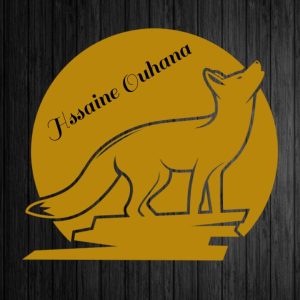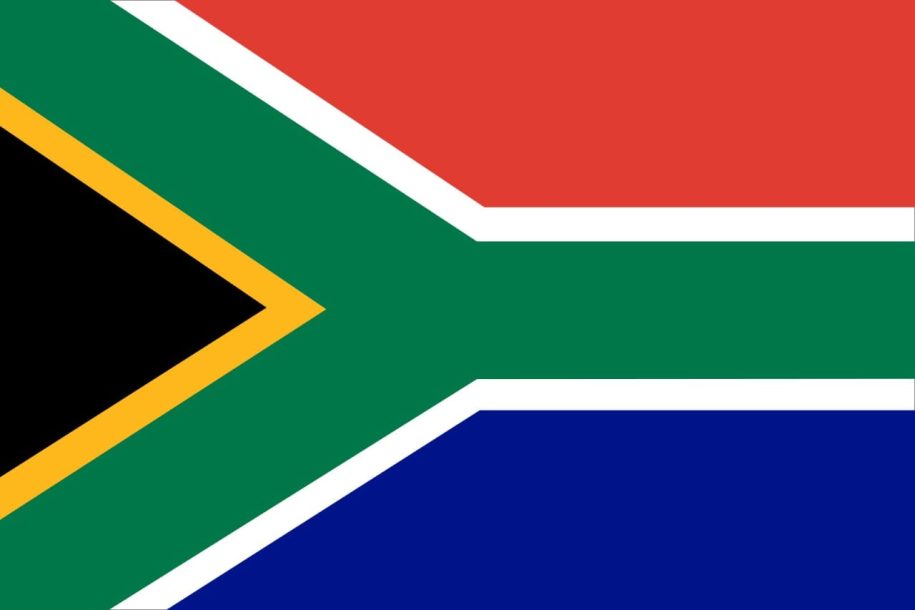South Africa Ethnic is a diverse country with a rich history of ethnic diversity. The country is home to many different ethnic groups, each with its own unique cultural heritage, traditions, and languages.
The largest ethnic group in South Africa is the Zulu people, who make up approximately 22% of the population. The Zulu people are known for their vibrant culture, which includes music, dance, and traditional dress. They are also known for their warrior history and have played a significant role in the history of South Africa.
The Xhosa people are the second-largest ethnic group in South Africa, comprising approximately 16% of the population. They are known for their intricate beadwork, music, and traditional ceremonies such as the coming-of-age ritual for young men, known as the “ulluco.”
The Sotho people make up approximately 9% of the population and are known for their vibrant culture, which includes traditional music and dance, as well as their distinctive clothing. They are also known for their architecture, particularly the traditional rondavel houses made of mud and thatch.
The Ndebele people are known for their striking beadwork and colorful geometric designs. They are a smaller ethnic group in South Africa, comprising approximately 2% of the population, but they have a rich cultural heritage that includes music, dance, and traditional cuisine.
The Tsonga people make up approximately 3% of the population and are known for their traditional music, dance, and clothing, which include brightly colored textiles and beaded jewelry. They also have a rich history of storytelling and oral tradition.
These are just a few of the many ethnic groups that make up the diverse population of South Africa. Each group has its own unique cultural heritage, traditions, and history, which contribute to the rich tapestry of South African society.
While there are still challenges to be addressed, such as inequality and poverty, the diversity and resilience of the people of South Africa continue to inspire hope for a better future. South Africa is a country with a rich cultural heritage and a diverse population, and its people continue to work towards a more equitable and just society for all.
South Africa is a diverse country with many different ethnic and racial groups. Here is a list of some of the major groups of people who live in South Africa:
- Black South Africans – This is the largest ethnic group in South Africa, comprising around 80% of the population. This group is further divided into many different sub-groups, including Zulu, Xhosa, Sotho, Tswana, Pedi, and Swazi, among others.
- White South Africans – This group makes up around 8% of the population and includes people of European descent, as well as white South Africans of Jewish and Middle Eastern descent.
- Colored South Africans – This group makes up around 9% of the population and is a mix of European, African, and Asian ancestry.
- Indian South Africans – This group makes up around 3% of the population and is largely descended from immigrants who came to South Africa from India in the 19th and early 20th centuries.
- Chinese South Africans – This group is relatively small, comprising less than 1% of the population. They are descended from immigrants who came to South Africa from China in the early 20th century.
- Khoi-San – This group is indigenous to southern Africa and includes the Khoi (formerly known as Hottentots) and the San (formerly known as Bushmen). They make up a very small percentage of the population and are largely marginalized.
It’s important to note that these are broad categories, and there is a great deal of diversity within each group. South Africa is also home to many immigrants from other African countries and around the world.


Leave a Reply